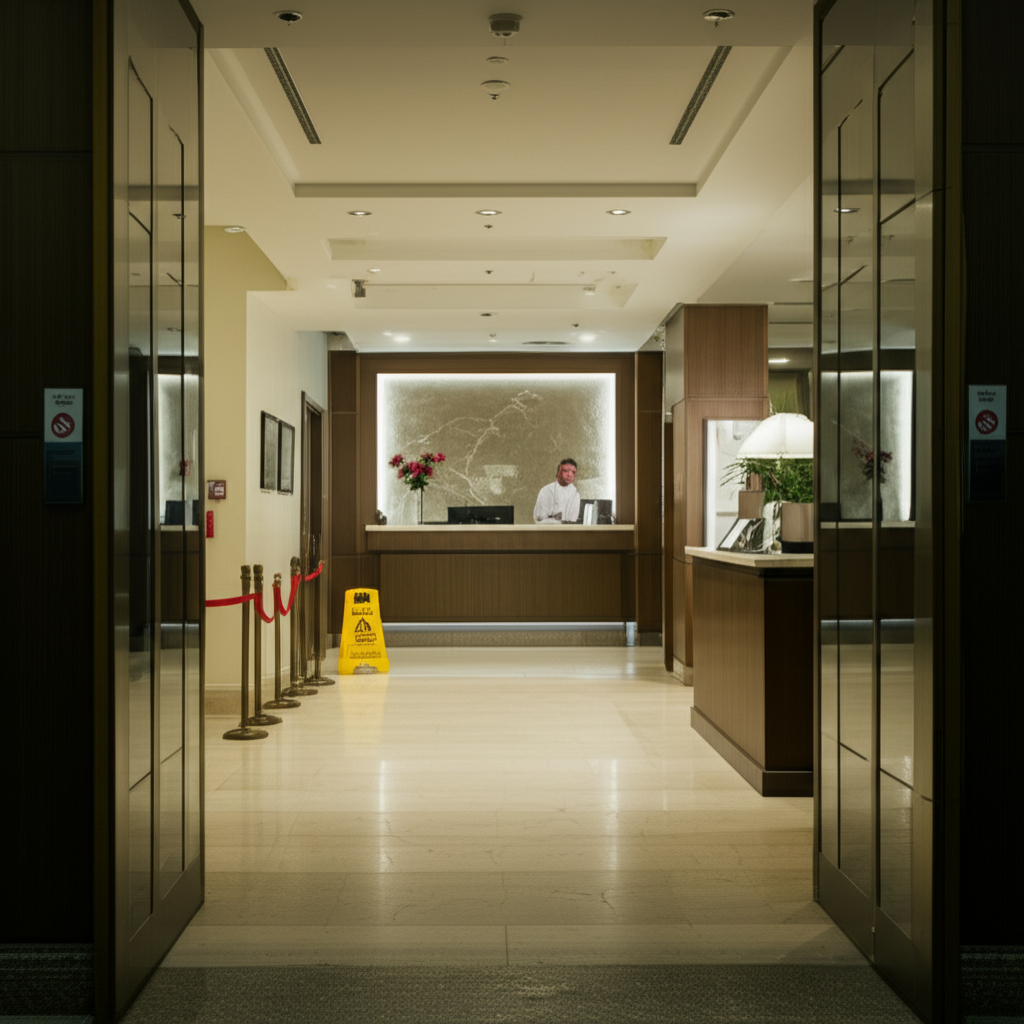Addressing Safety and Security Protocols in Hotels: A Call to Action
The safety and security of guests are paramount in the hospitality industry. Recent incidents underscore the critical need for U.S. hotels to consistently review, reinforce, and enhance their safety protocols to prevent tragedies and ensure a safe environment for all.
Prioritizing Guest Well-being
Hotel management must prioritize guest well-being by implementing comprehensive safety and security measures. This includes, but is not limited to:
- Background Checks: Thoroughly vetting all employees through comprehensive background checks is essential.
- Security Personnel: Maintaining a visible and well-trained security presence, including security cameras and routine patrols.
- Emergency Procedures: Establishing clear and regularly rehearsed emergency response procedures for various scenarios, including medical emergencies, security breaches, and natural disasters.
- Collaboration with Local Authorities: Building strong relationships with local law enforcement and social service agencies to ensure a coordinated response in emergency situations.
- Employee Training: Providing comprehensive training to all staff members on recognizing and responding to potential safety and security risks, including human trafficking awareness.
Enhancing Security Measures
Hotels should continually evaluate and improve their security measures to address emerging threats and vulnerabilities. This may involve:
- Access Control: Implementing robust access control systems, such as key card access for guest rooms and restricted access to sensitive areas.
- Surveillance Systems: Utilizing advanced surveillance technology to monitor hotel premises and identify suspicious activity.
- Communication Systems: Ensuring reliable communication systems are in place to facilitate rapid communication between staff members and emergency services.
Promoting a Culture of Safety
Creating a culture of safety requires ongoing commitment and engagement from all stakeholders, including hotel management, staff, and guests. This involves:
- Open Communication: Encouraging open communication and reporting of potential safety concerns.
- Guest Awareness: Providing guests with clear information about hotel safety procedures and emergency contact information.
- Continuous Improvement: Regularly reviewing and updating safety protocols based on industry best practices and emerging threats.
Conclusion
U.S. hotels must remain vigilant in their commitment to guest safety and security. By prioritizing well-being, enhancing security measures, and promoting a culture of safety, hotels can create a secure and welcoming environment for all guests and contribute to a safer community.
Source: foxbaltimore.com




